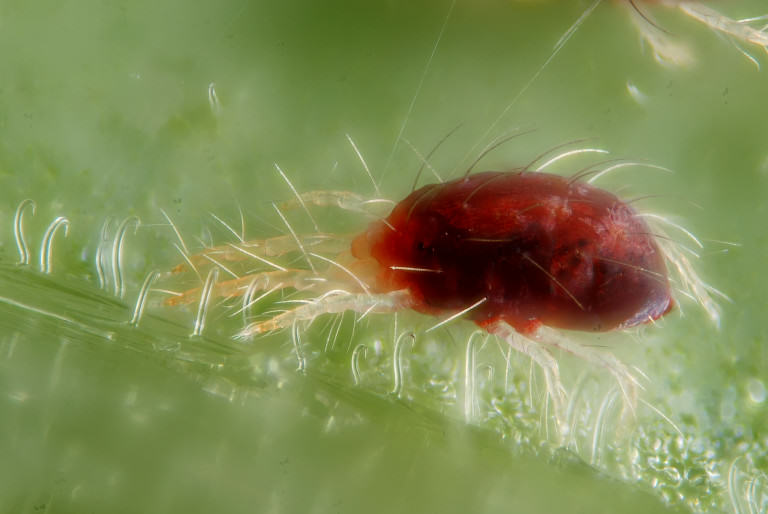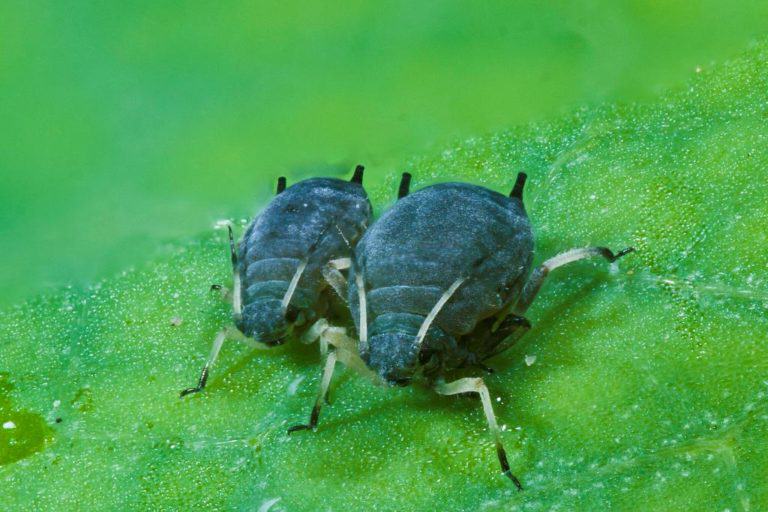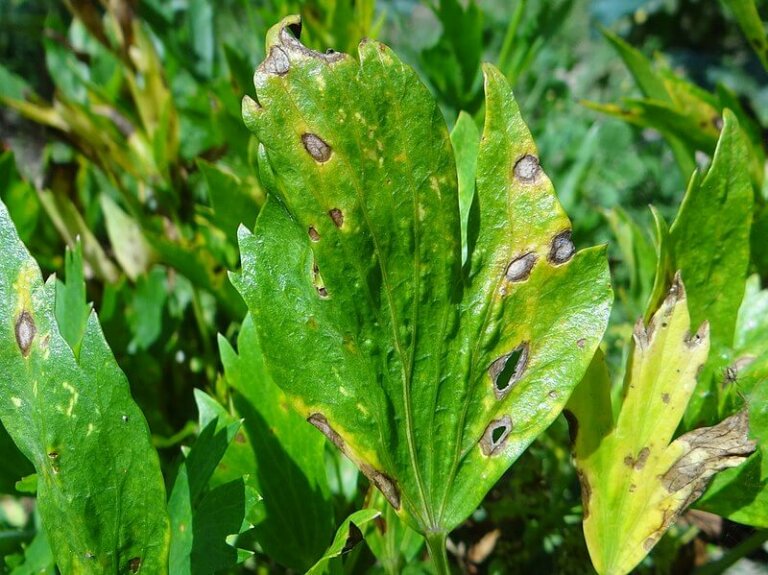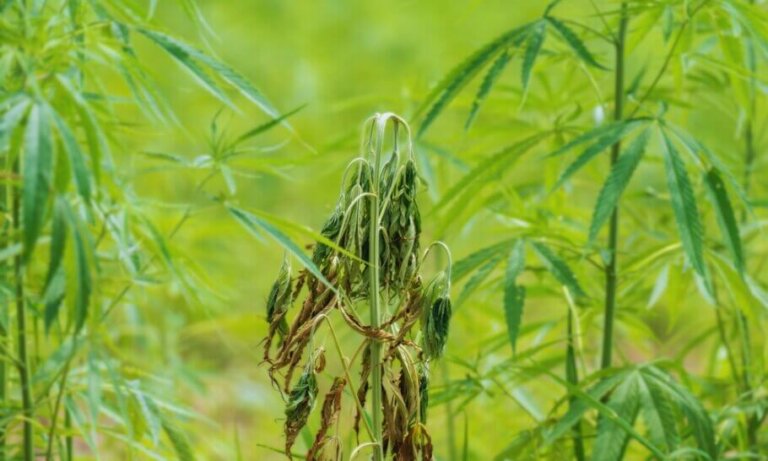Cannabis viruses
List of contents
What are viruses?
The origins of viruses are still unclear. We can find three main theories explaining their origins and evolution: the Regressive hypothesis - viruses were once small cells that parasite larger cells that lost part of their genetic material over time - the Cellular origin hypothesis - viruses would have formed from bits of DNA or RNA coming from larger organisms - and the Coevolution hypothesis - viruses would come from protein molecules and nucleic acid.
Basically, plant viruses are intracellular parasites that can't replicate without a host (cell). We know much less about plant viruses than we do about their animal counterparts. We know about few viruses which attack cannabis plants, although they can quickly devastate a crop. One of these viruses is the Tobacco mosaic virus (TMV), the first virus ever discovered; the disease was first identified by Adolf Mayer in 1886. In 1898, Martinus Beijerinck replicated Dimitri Ivanovsky's (1892) experiments and used the term of "virus" to indicate that the cause of tobacco mosaic disease was not bacteria.
Most of the plant viruses we know are specific for certain species, which means they need certain types of host cells to replicate, thus being limited to a few host species. Still, there are several viruses that can attack a vast range of species, which are the most aggressive ones.
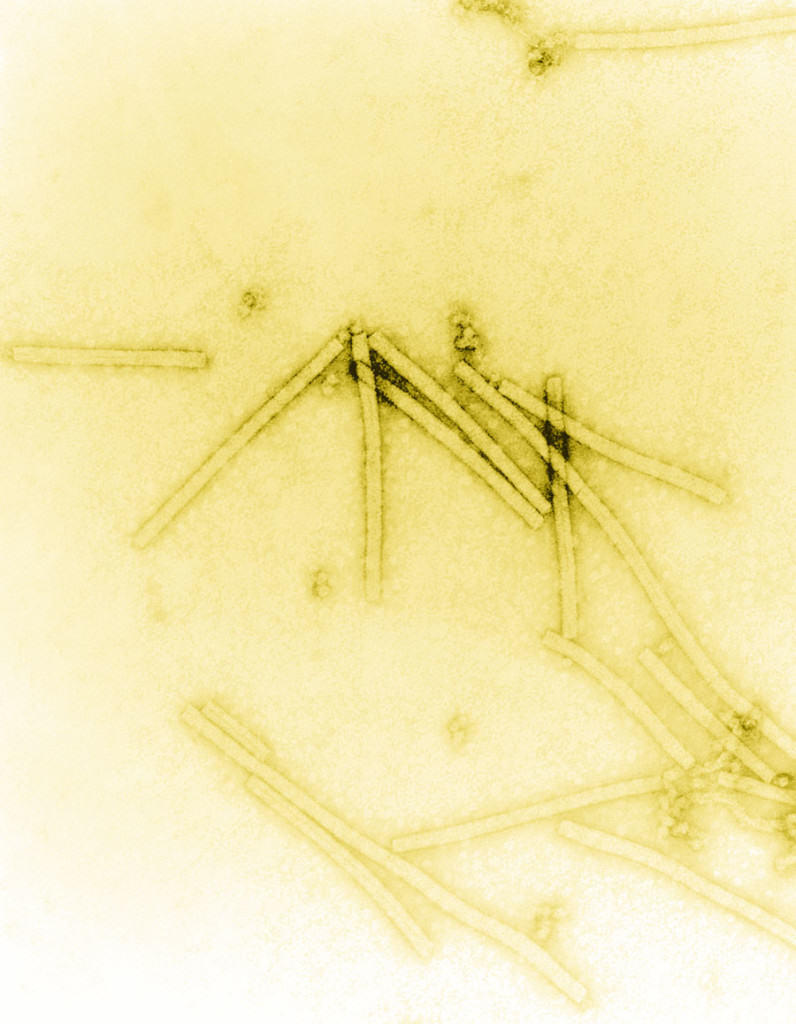
Viral vectors and plant viruses
Since plant viruses are actually protein capsids containing genetic material, they can't actively move from one plant to another. How can they ruin a whole crop if they can not move then? The answer is vectors, living beings that carry viruses between plants and allow them to find new hosts. Many times, these vectors are also common pests in cannabis plants, like thrips, white flies, or aphids. Other organisms like mites - even the grower himself - can act as viral vectors without ever noticing it.
Once the viruses reach the host cells they shed from their protein capsid and start replicating. During this process, new capsids and proteins are formed with the only aim of carrying the virus from one cell to another of the host plant.
Tobacco mosaic virus and cannabis
As we already mentioned before, Tobacco mosaic virus (TMV) infects especially tobacco but also other members of nine plant families (125 individual species). However, there is still controversy about whether TMV really infects cannabis plants (hemp). It must be noted that sometimes viruses are known by their acronym but are actually strains of other viruses (for example, the Sunn-hemp mosaic virus, known as SHMV, is actually the TMV cowpea strain).
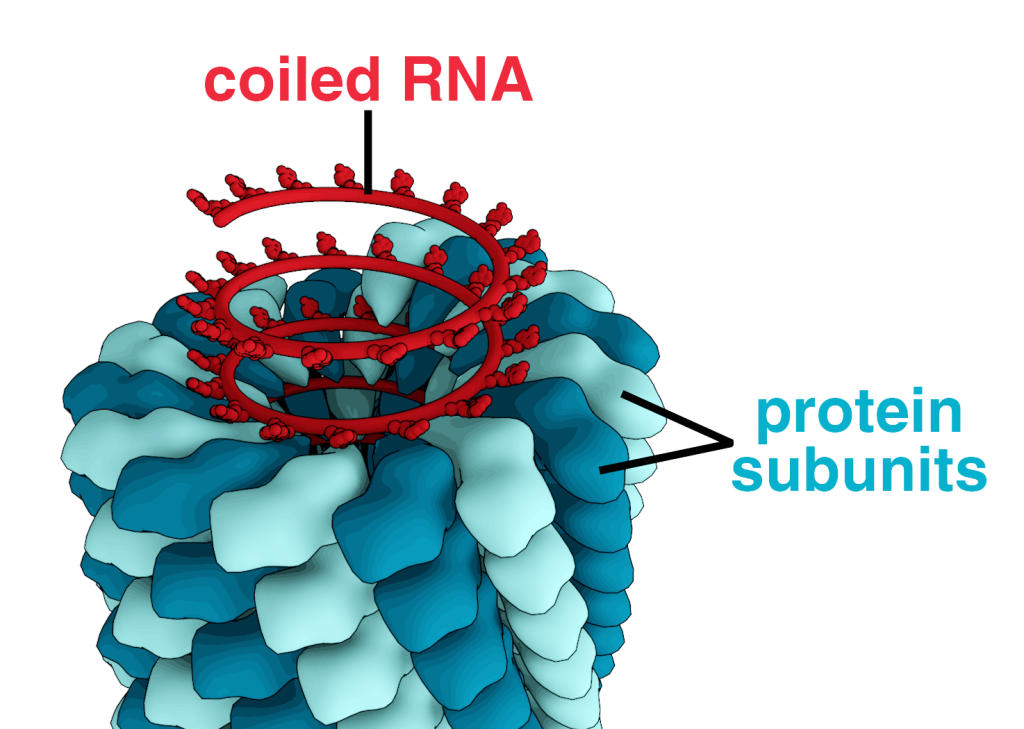
The capsid of the Tobacco Mosaic Virus is composed of more than 2.000 molecules of coat protein and one molecule of genomic single-strand RNA. Like the rest of the viruses, once in the host cell, it uncoats itself from its protein capsid to release its viral RNA strand and starts replicating its own genome.
The disease causes discoloration between the veins of young leaves - which should not be confused with nutrient deficiencies - followed by the development of mottling that looks like a mosaic, with light and dark patterns. Leaves can also develop wrinkles and rugosity and can become curved or contorted. Lower leaves also start being subjected to mosaic burn, especially if climate conditions are hot and dry. Most leaves can die and the overall growth of the plant is almost stopped.
TMV is one of the most stable viruses found on plants. As long as temperatures don't drop below 40ºC, it will sustain its stable form. Greenhouses and botanical gardens are perfect for TMV development due to the constant temperature and large number of different possible hosts.
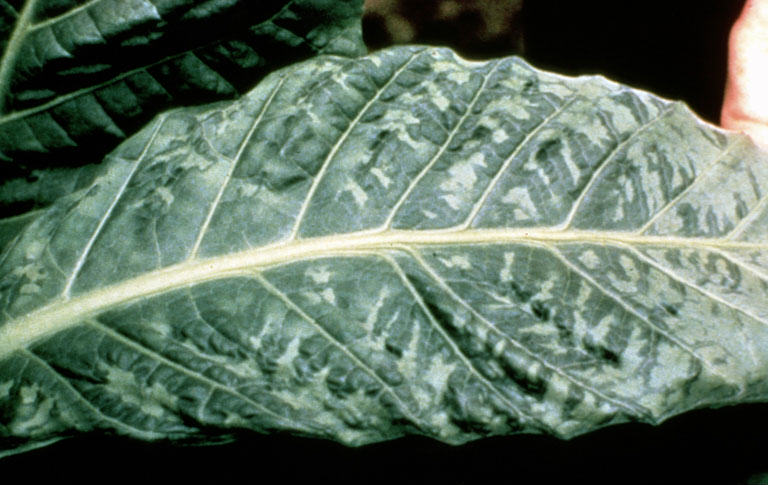
Other viruses that infect cannabis plants
Marijuana is not only infected by TMV - if it really is - but also from other plant viruses. Many of these viruses are not exclusive to cannabis, but also affect other families and species. Furthermore, we can find plants infected by several viruses at the same time, which makes identifying the diseases much harder for the grower, who should be sure about the type of disease before changing the nutrients or using pesticides or fungicides.
We know of around 900 plant viruses, but only a few of them have been thoroughly studied in regard to cannabis. Today, we know of two specific viruses of cannabis: the Hemp mosaic virus (HMV) and the Hemp streak virus (HSV). While we still don't know if HMV exclusively infects cannabis, it is believed that HSV does, with aphids as the main viral vectors.
It has also been proved that the Tobacco Ringspot virus (TRSV) and Tobacco streak virus (TSV) can also infect cannabis plants with similar symptoms to TMV, as well as Alfalfa mosaic virus (AMV) which use aphids and seeds as vectors and also develops mottling on the leaves and poor growth of the plant. Arabis mosaic virus (ArMV) is also believed to infect cannabis via seeds and nematodes, although it seems that no symptoms are visible in cannabis plants even when infected with ArMV.
Cucumber mosaic virus (CMV) can also infect hemp apart from cucumbers, using aphids and seeds as viral vectors. Finally, the Tomato ringspot virus (TomRSV) is believed to use cannabis as a host too.
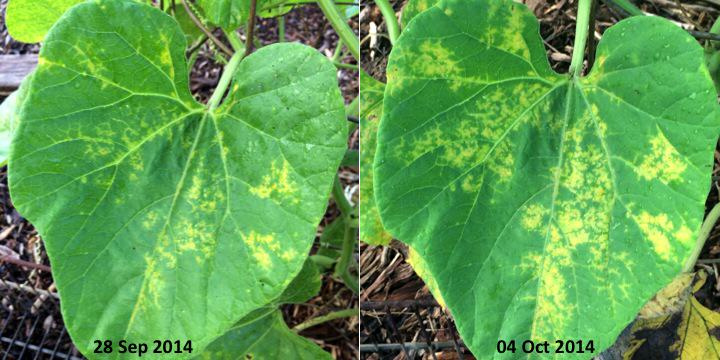
Prevention and treatment of plant viruses in cannabis
Treatment and managment of plant viruses includes the usual tasks when preventing pests and diseases, and of course the rest of viruses: removing any dead plant material, infected plants and always keeping the environment of the plants (including the grower) clean is basic. As happens often, some strains are more resistant to viruses than others, so using stronger varieties is advised, as well as isolating healthy plants from other plants that may be infected. Do not forget about viral vectors: a plant with no parasites is much less sensitive to viruses than any plant with some kind of pest.
Generally, viral diseases do not have any treatment, so prevention is crucial when dealing with plant viruses.
Happy Harvest!































































